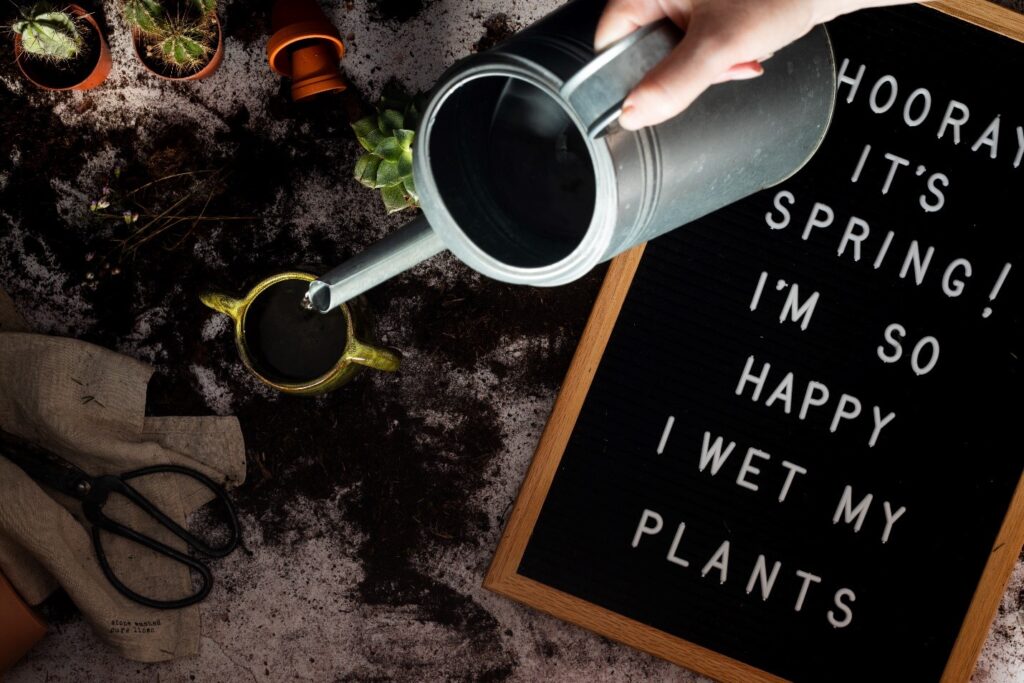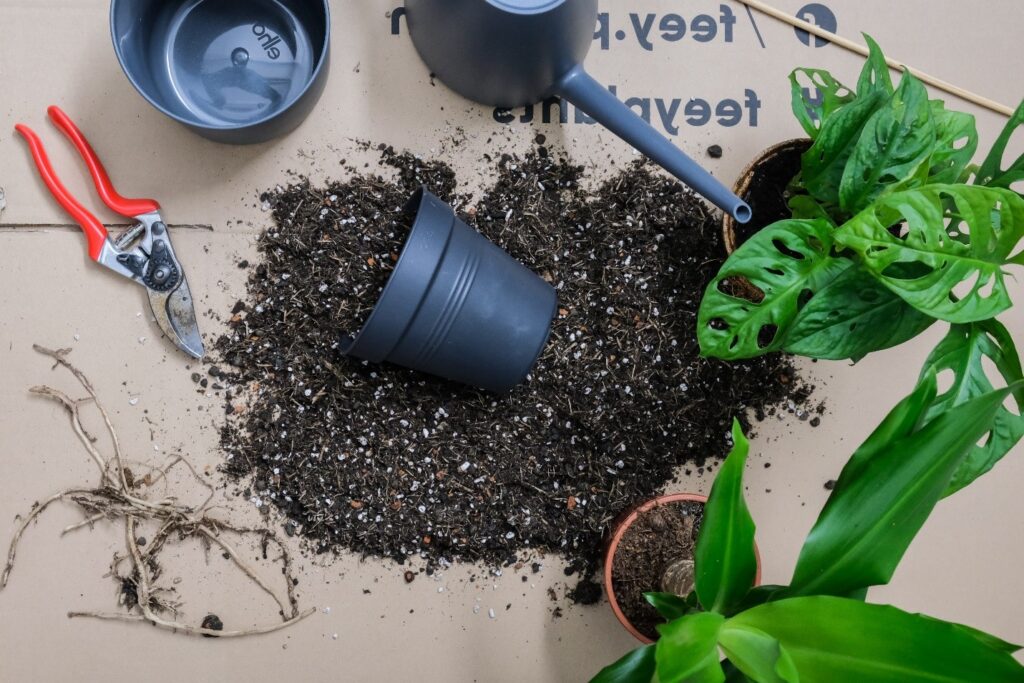Introduction
Indoor plants generally improve the ambiance of a home or any other location where they are kept. They do not just embellish a space, but some also cleanse the inner atmosphere. Plants can also assist you in boosting your health and concentration. Almost all of the plants will not require regular care to be healthy. Interior plants are appealing because they are low-maintenance, have health advantages, and can be utilized in several indoor decor concepts. Indoor plants are an excellent choice for individuals who do not have enough garden space or who live in areas with frigid winters.
Aside from managing water, many low-maintenance houseplants require a little attention a few times a year when you need to step in and conduct some trimming or clip away a few yellowing leaves.
These recommendations will provide you with the information to care for your plants confidently.

1. Watering The Plants On Daily Basis In Suitable Amount
All houseplants possess slightly varied watering habits based on how they’re cultivated and seasonal fluctuations in plant development. Watering should be done Whenever needed rather than on a predetermined calendar schedule. One of the most prevalent reasons for houseplant mortality is overwatering. Whenever the plant’s soil becomes lighter in color or appears fractured, water it; plants can be ruined by excessive moisture. If there is stagnant water in or under the pot, dump it.
2. Using Fertilizers On Routine Basis
Most indoor plants develop rapidly in the spring and summer, so this is the optimum time to fertilize them. Overfertilizing your houseplants, like overwatering, should be avoided. Excessive fertilizer might burn their roots and limit their development. Instead, use a fertilizer with nearly similar amounts to the three numbers on the label (nitrogen, phosphorus, and potassium) for blooming cultivars.
3. Regularly Trimming The Plant
Some plants need their roots to be clipped at frequent intervals, so it is critical to understand your plant and its needs. Unpruned plants might overrun their pots or vases. Pruning your plant regularly will maintain it healthy and prevent it from needing to be replanted. Dead branches or stems tend to attract pests, so shave them off. Pinching is the removal of stem tips using your fingers or pruners. To induce the formation of side buds, pinch out the direction of a stem and the highest leaves. Plants that increase typically look best when frequently pinched to keep them compacted and thicker.
4. Cleanse Dust On Plants
The excellent majority of house plants benefit from regular cleansing. If the plants possess thick leaves, wipe them with a light rain of room-temperature water or brush them with a small brush because it can hold onto moisture and encourage disease. For houseplants with smooth leaves, a cloth can be used to carefully wash away any dust that has accumulated on the leaves. This improves the aesthetic of your plant, but it also helps it absorb more light.

5. Get Rid Of Insect Pests
Several insects are known to prey on houseplants. Insecticidal soap ($6, Home Depot) is a simple and efficient remedy for most soft-bodied pests, including bugs and insect infestation. Intense spraying of freshwater from the hose also helps to reduce the number of these pests. Rubbing alcohol is helpful against waxy-coated insects like scales and ladybugs; dab it on with a cotton ball. Be persistent with any therapy you employ.
6. Choose Pots With Appropriate Drainage
The degree of draining in the pot you put your plant in is critical since over or even under watering can harm or kill it. Make confident that your bank has drainage holes at the bottom. Materials such as plastic, metals, and glassware absorb far less moisture than ceramics or clay.
- Help ensure there are vents in the bottom of the pot for the water to drain through.
- Moisture can accumulate and destroy your plant if you use a cachepot (which has no holes).
7. Placing Plants Where They Receive Sunlight
An area that gets adequate sunlight must be chosen. The plant needs sunlight to perform photosynthesis. The length, quality, and intensity of light all impact plant development.
- Keep the plant out of direct sunshine. Instead, please place them in a well-lit room and provide them with indirect light. Fluorescent lights can be used in place of the sun for some plants.
- Flowering plants require 12-16 hours of light every day.
- Provide 14-16 hours of light every day to foliar plants.
Conclusion
People are frequently astounded by how useful indoor plants are. Plants do more than only filter the air; and they help decrease noise and tension in the workplace. So, if you’re new to dealing with indoor plants, This definitive will provide you with the knowledge you need to assist your green companions in grow
ing.


